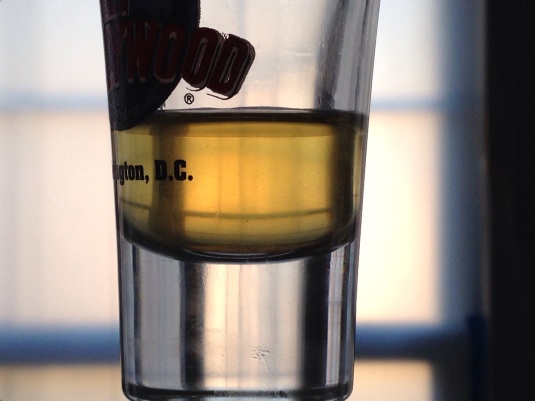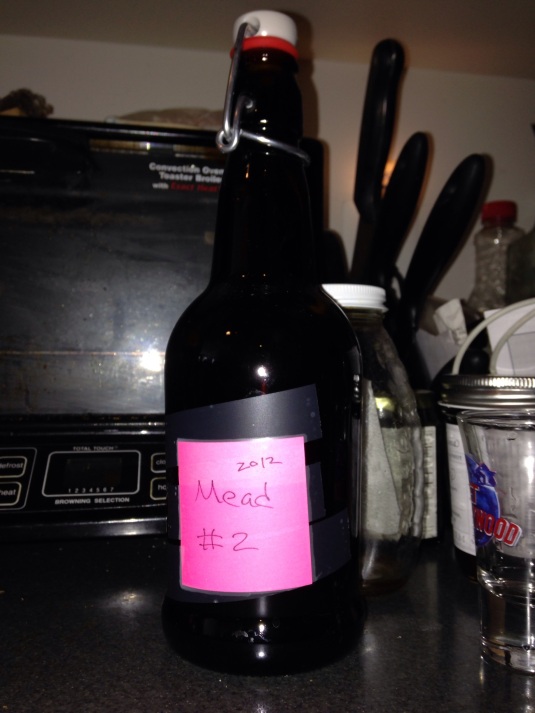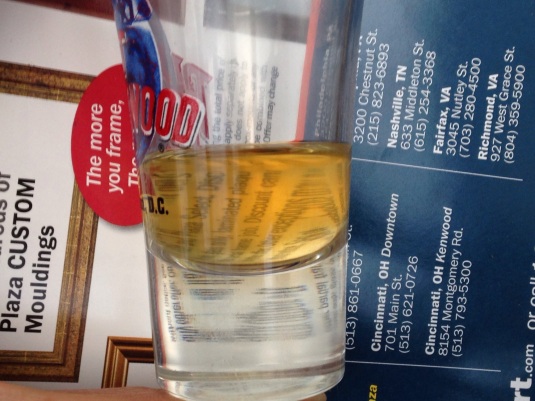After blogging about time-saving “food” here’s my take on the flip side – “time-saving” food.
Last year I broke down and joined the legions of cooks and moms who own and use a slow cooker. Since then I’ve discovered a new pet peeve. I hate to see recipes for slow cookers that label themselves, “time-savers,” but in reality are far from.
Time-saving recipes need to save time. Just because food is cooked in a slow cooker and could be ready when I get home doesn’t mean it saved time. If I had to get up at 3:00 in the morning to prep the food then I will probably be too tired to eat it when I get home. Zero time saved. Or if a recipe calls for only 4 or 5 hours of cook time, then it is not a weekday recipe that will save time. I’m not going home on my lunch hour to make dinner!
I want recipes like this:
1.) put raw food in Crock Pot
2.) cook on low for 9-10 hours
3.) enjoy!
But there are recipes aplenty that require lots of prep like chopping, layering, and cooking the food before it goes into the pot. Why would I want to pre-cook anything before I put it in a COOKER? Except maybe double-cooked pork, but that’s … Oh you know what I mean.
I get that browning adds flavor, but I wonder how much of that flavor really holds up when food is cooked in a slow cooker all day. I’ll try a comparison some time. Even if it does enhance the taste, is it worth it on a regular basis?
To save time you can start with food that’s already totally cooked like rotisserie chicken. If you shop around you can find rotisserie chicken that don’t cost much more than buying a raw chicken. These can be a huge time-saver! But you can’t feed your family only rotisserie chickens, and you’ll want to watch salt and other flavorings that might be added to store-bought rotisserie chicken. For that matter, you can slow cook your own chicken in a crock pot. Save the bones from either, put them in a slow cooker all day, strain and you’ll have a great (not too hard) chicken stock. This is one if the times home-cooked makes a big difference in taste. Freeze or refrigerate and you can use it to make lots of easy soups.
There are time-saving ways to cook food out there! But not all slow-cooker recipes are created equal.
When Taste of Home shared this recipe for Slow Cooker Enchiladas on Facebook it was the perfect example of a not-so-time-saving recipe. There was a lot of good and bad feedback:
Yes, it looks totally delish! And I would love to try it. But it has everything that bugs me about a “time-saving” slow-cooker recipe — ingredients that must be chopped and pre-cooked twice before the goop is then layered multiple times with tortillas in a slow cooker and left to cook for only 5-7 hours. What part of that is supposed to help with a busy schedule?
I wouldn’t be so bothered if it just advertised itself as a tasty recipe and left it at that. I will make time for increased yum factor on a weekend, some weekends anyway. (And I still take issue with pre-cooking food before I put it in a Crock Pot.) But the cook describes herself as a “busy wife and mother” and says this is a handy recipe. The implied saving of time – that’s kind of where it lost me.
Because in the amount of time it would take me to prepare and cook these enchiladas I could have prepared and cooked an entire Thanksgiving turkey! With stuffing! And cranberry sauce. Not all from scratch, mind you, but it would be yummy food.
The slow-cooker enchilada recipe apparently allows the author to cook dinner after lunchtime and keep it warm until the entire family is home for dinner. I’m sure it works well for people who are home after lunch and can chop, cook, re-cook, layer, and turn on a crock pot for dinner.
But what about people who can’t do that? I don’t think those tortillas will stand up to 10 hours in a slow cooker. I tried that with pasta once. It was delicious-smelling paste!
Once you cook everything as the recipe suggests, I’m worried that the tortillas will get mushy even at 5-7 hours. Maybe refrigerate the cooked goop then spoon it out and reheat in an oven, toaster oven, or microwave when you get home? You could even eat it another day. Reheating it in an oven or toaster oven could even give the tortillas brown, crispy edges and it’s probably less than 20 mins to the table once you get home. Still too much work?
With the slow-cooker in mind, the recipe is basically salvageable with a few busy-mom hacks:
1) Dump raw meat into slow cooker along with seasonings and canned foodstuffs.
2) Cook on low for 8-10 hours.
3) Warm tortillas in toaster oven or a hot pan. Or not. Or use corn chips or crispy tostadas.
4) Spoon goop over tortillas (or chips or tostadas) and top with cheese. ENJOY!
If you sub corn chips for the tortillas, you probably can’t call these enchiladas anymore. So top with some lettuce and tomatoes for a delish taco salad.
If you’re worried about how much fat may be in the dish when you can’t drain the meat ahead, then start with a very low-fat meat. OR skim the fat after everything is cooked. It floats to the top. Cook with free-range, grass-fed beef, and you’ll want to eat a lot of that healthy fat anyway.
I’m going to suggest yet another variation on this, and later I’ll post a simple Slow-Cooker recipe for Misc Mex Meat Goop. Cook it in a slow cooker and eat it how you like — in soft flour tortillas for burritos, over corn chips, in taco shells, or rolled into enchiladas and topped with a quick sauce. Real time-saving food!


